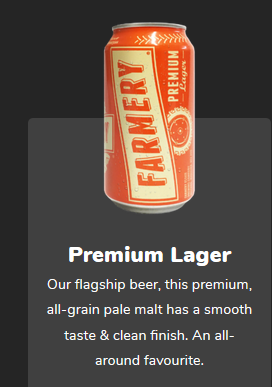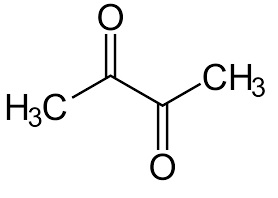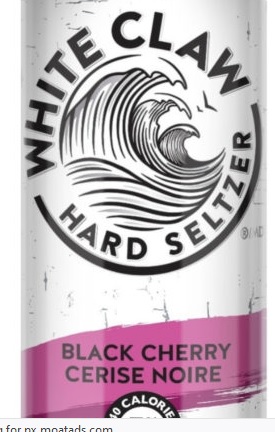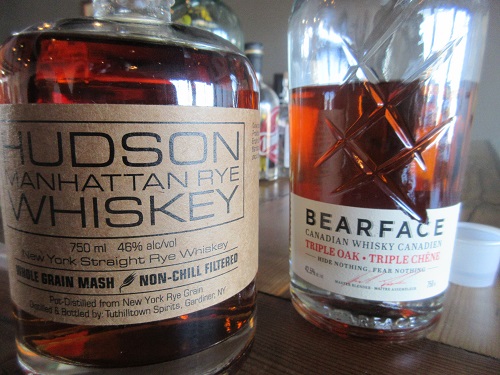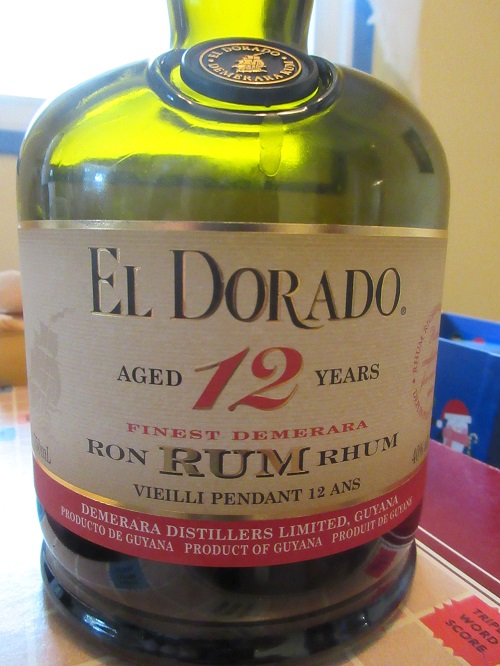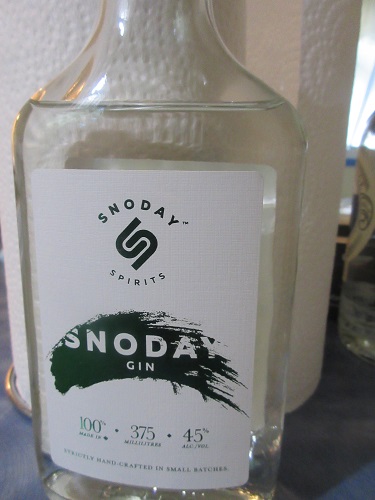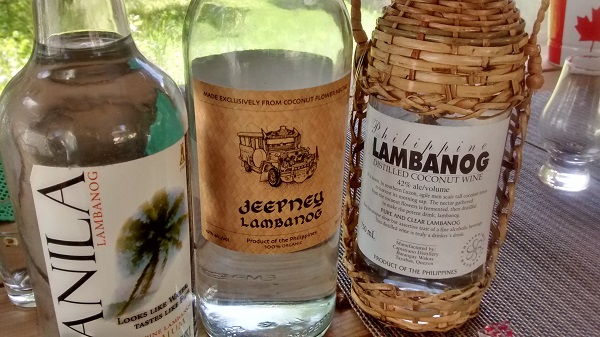You have no doubt noticed that the big name commercial Gins (Bombay, Tanqueray, Gordon’s, Beefeater….) all pretty much taste the same. True – there will be minor variations on the finish at the back of the tongue, but these commercial offerings are otherwise all characterized by a Juniper forward profile. There is actually a reason for this. The British people, for whom these Gins are made, drink Gin by way of a Negroni or a Gin & Tonic. That being the case, there is no need to make these Gins overly complex.
In my studies at Heriot Watt University, we engaged in a Gin Lab where we were given full access to the library of botanicals. I proceeded to make a complex recipe (similar to the one I make at my house) that entailed increased amounts of Juniper balanced by increased amounts of citrus and a touch of lavender for aroma. The pH.D. student who was supervising us promptly scoffed at my creation, proclaiming ” that’s not a Gin !”. I remarked back – “Yes it is. Come to to Canada sometime and we will show you what craft Gin is all about”. Funny thing about that encounter. We really have not gotten along since…
In the Distillery Workshops that I offer, one of the components is the Gin Master Class. I emphasize that the craft Gin maker is like an artist standing before a blank canvas. He can craft something that is well above and beyond all those London Dry Gins that populate our liquor store shelves.
One person who has taken this message to heart is Brett Shonekess from Bragg Creek, Alberta. Brett along with a couple investment partners will soon be turning dirt on a craft distillery in Oktotoks, Alberta. Along the way, the have captured the hearts of several equity investors who are eager to own a piece of a craft distillery. To help build the investment case, Brett and his partners have done something totally unusual. They engaged a craft distiller in B.C. to create a Gin using a recipe developed and fine tuned by Brett himself in his garage in Bragg Creek. This Gin is called Sno Day Gin – a reference to the concept of taking a day off for personal enjoyment during a winter snow storm. People curious about investing in the distillery project have been advised to visit their nearby liquor store and buy a bottle of Sno Day Gin. This Gin is obviously a good salesman. People tasting it have circled back to invest with Brett!
How can I best describe it? Well…..how about rich and full on the palate with Juniper notes singing in harmony with a choir of citrus flavors.
In a less superfluous manner – all I can say is – this is just a damn good Gin – whether you drink it with tonic or whether you just add a splash of water to it in a martini glass. It makes those British offerings pale by comparison. One sip of Sno Day and your days of Bombay and Tanqueray will be over…for good.
Brett gave me a bottle to take home. My wife – the Gin connoisseur – discovered the bottle soon after I arrived home from my recent Workshop in Calgary. Either the bottle sprung a leak or she drank it, because the bottle is nearly empty. Hint – I doubt the root cause of the bottle emptying was a leak….
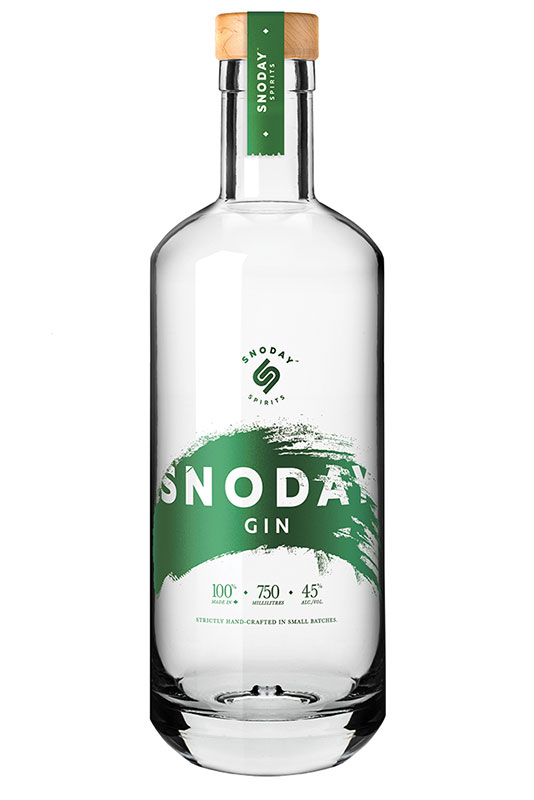
What Brett has illustrated and showcased is the creative, artistic possibility that craft Gin can offer. This is the type of craft product that will elevate the entire craft movement. We consumers have suffered far too long at the hands of the big name commercial players. It is time to break free. It is time to make sipping a spirit an enjoyable sensation. It thrills me that people like Brett Shonekess are stepping up and leading the way. Take a visit to the Sno Day website at https://snoday.ca/. If you are outside Alberta, get in touch with Brett and see if he will mail you a bottle of Sno Day. Take some time to chat with him about the Okotoks project. Who knows, you could become the owner of a small piece of a real craft distillery.
As for me, here and now on September 27th, 2020…I am looking out the window and I think I see a snowflake falling. Yes!! It is time to take a Sno Day. I think there is a wee dram left in that bottle Brett gave me….

